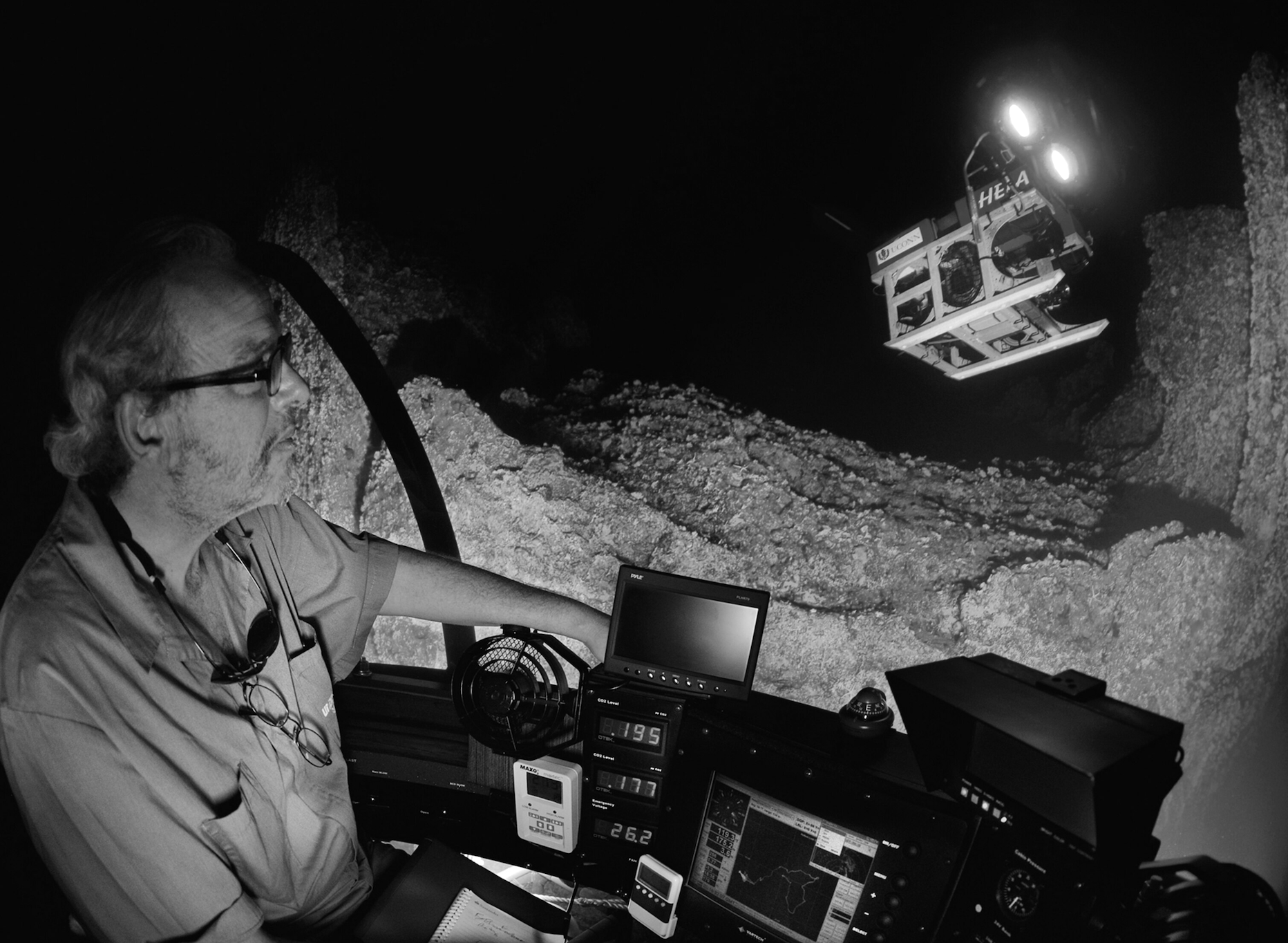Gregory S. Stone, PhD
Chief Ocean Scientist at The Metals Company

Dr. Gregory S. Stone is Chief Ocean Scientist at The Metals Company, where he directs the science program for polymetallic‑nodule projects in the Clarion‑Clipperton Zone of the Pacific. An American oceanographer, Stone has logged more than seven thousand dives in submersibles, saturation habitats, and on SCUBA, giving him unusually broad firsthand experience of the deep ocean.
Stone earned a Bachelor of Arts in human ecology from the College of the Atlantic, a Master of Marine Affairs from the University of Rhode Island, and a Ph.D. in marine science from the University of the South Pacific. Early work as a marine biologist and Japan program manager at the National Oceanic and Atmospheric Administration exposed him to cetacean research and undersea technology. He then spent more than fifteen years at the New England Aquarium, eventually serving as vice president for global marine programs.
From 2008 to 2018 he was Executive Vice President and Chief Scientist for Oceans at Conservation International, helping to establish large marine protected areas such as the Phoenix Islands Protected Area in Kiribati. His advocacy for ocean health during this period included hundreds of publications, a series of National Geographic expeditions, and a widely viewed TED talk.
Stone joined DeepGreen Metals (now The Metals Company) in 2018. He leads what the company describes as one of the most comprehensive environmental baseline initiatives ever undertaken for deep‑sea mining. The multi‑year program integrates seabed mapping, biodiversity surveys, plume modeling, and water‑column studies by teams of scientists from universities and research institutes worldwide. Data generated under his direction feed into the environmental and social impact assessment that The Metals Company must submit to the International Seabed Authority before any commercial extraction can begin.
In public discourse, Stone contrasts the environmental footprint of new terrestrial mines with that of collecting unattached nodules from the abyssal plain. He contends that, if rigorous safeguards and adaptive management are applied, seafloor nodules could supply nickel, cobalt, copper, and manganese for batteries with less carbon, less waste rock, and fewer social conflicts than many land‑based sources. While critics highlight remaining knowledge gaps, Stone argues that transparent data and clear performance triggers can allow regulators to make defensible, science‑based decisions.
By combining decades of conservation leadership with hands‑on research for an emerging minerals sector, Dr. Gregory S. Stone serves as a bridge between deep‑sea science and industry.



